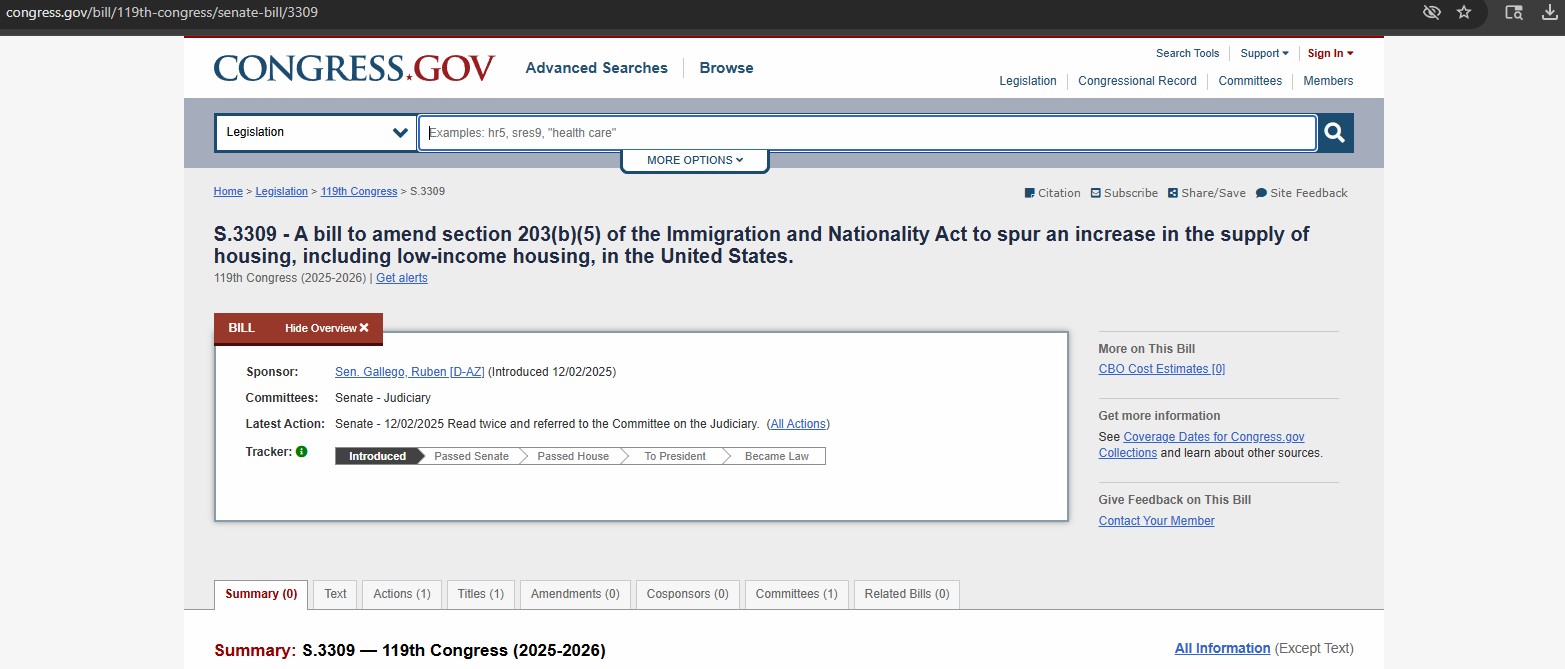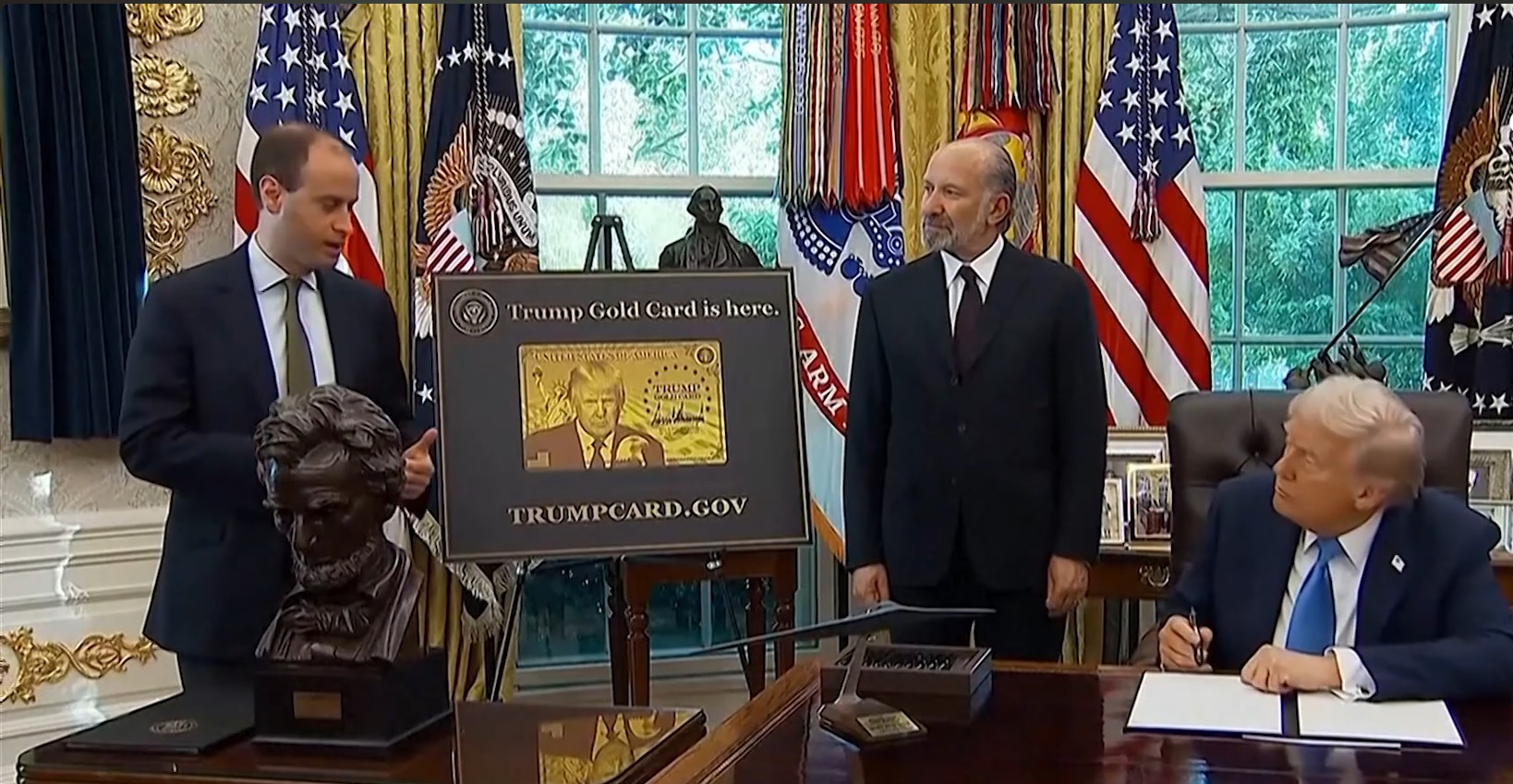AIIA’s recent FOIA request reveals trends in EB-5 petition filings from April 2022 to early 2024, showing strong demand from China and India, with increasing interest from Latin America and Europe. The data highlights an imbalance, with High Unemployment Area petitions surpassing Rural petitions, especially in Colombia and Europe.

Background: As part of our mission to advocate for EB-5 investors, AIIA has filed multiple Freedom of Information Act (FOIA) requests for information from United States Citizenship and Immigration Services (USCIS) on topics that impact the EB-5 immigrant investor community.
We are now happy to report on the results of a FOIA request filed by EB-5 attorney and AIIA supporter Joseph Barnett. While our most recent FOIA response provided data towards the end of 2023, Mr. Barnett’s FOIA includes the first months of 2024, with full results of the FOIA request shared here.
We plan to release our analysis of the updated numbers along with a visa supply and demand analysis once we receive the result of our FOIA request.
Below is our analysis of the data gathered from April 1, 2022 to early 2024. It may contain certain discrepancies compared to prior data releases due to system updates and post-adjudication outcomes, as admitted by USCIS. We will not be conducting a full scale analysis of the supply-demand comparison of available visas as we have in the past, as the State Department has yet to announce the supply of visas for the upcoming fiscal year. Instead, we will be highlighting the number of petitions filed by less-covered countries in Latin America and Europe in this article.
In summary, the latest data displays the same general ratio of demand between Rural and HUA categories when compared to our analysis conducted earlier this year. The new petitions from the Rural category are quickly catching up with those from HUA (as seen in the graph below), likely due the market’s gradual response to the heavily lopsided demand between the two reserved categories.
Whether this general trend continues in the upcoming fiscal year, which may lead to a fuller utilization of the Rural category visas, remains to be seen. AIIA will continue to monitor this development in our future FOIA inquiries.

Comparison of EB-5 Demand in the Top Markets
Total number of I-526/I-526E filed between April 1, 2022 to around March 2024, by TEA category and country of chargeability (latest stats as per Joseph Barnett’s FOIA data dated April 18, 2024)
| China | India | Taiwan | South Korea | Vietnam | Rest of World | Total | % Total | |
| Rural | 1,193 | 280 | 21 | 8 | 35 | 157 | 1,694 | 37.6% |
| High Unemployment | 1,376 | 464 | 271 | 120 | 113 | 442 | 2,786 | 61.8% |
| Infrastructure | 0% | |||||||
| Multiple TEA Categories | 7 | 1 | 1 | 4 | 13 | 0.3% | ||
| Not TEA or Unknown | 24 | 4 | 6 | 1 | 1 | 17 | 53 | 1.2% |
| Total | 2,600 | 749 | 298 | 129 | 150 | 584 | 4,508 | 100% |
| % Total | 57.7% | 16.6% | 7.6% | 2.9% | 3.3% | 13% | 100% |
The table above shows the total number of I-526 and I-526E petitions filed in all categories since the enactment of the RIA up until April 18, 2024. As expected, China and India remain the two largest contributors to the visa demand. At the same time, visa demand from Taiwan, South Korea, Vietnam, and the rest of the world remains robust, indicating a healthy diversity of petitioners from all over the world.
It is especially noteworthy that petitions from China have leapt from a total of 1,776 since last November to a total of 2,600 this April, accounting for more than 57% of all the petitions filed worldwide (a moderate increase since last November). This development makes it likely for China’s existing “invisible backlog” to become visible within the visa bulletin in the upcoming fiscal year, which will in turn impact Chinese petitioners’ ability to file for adjustment of status.

EB-5 Latin America Market
LatAm (Latin American) countries have filed a total of 160 petitions since the passage of the RIA, which account for around 3.5% of all the petitions filed worldwide. Colombia, Brazil, and Mexico lead the pack as they account for more than half of the LatAm market.

While the total number of petitions is relatively small, when breaking this data up further into the types of projects we can clearly see that the demand for HUA in the LatAm market clearly outpaces that of Rural, with Colombia’s (largest market in the region) HUA petitions outnumbering its Rural petitions by a ratio of 7 to 1.

EB-5 European Market
The European market is similar in size compared to the LatAm market, totaling 152 petitions since the passage of the RIA. However, as illustrated in the graph below, it can be observed that the European market is significantly more scattered in comparison. Russia leads the region with 42 EB-5 petitions, with the UK and France in a distant second and third.

When breaking up the European national data by categories, it is clear that the European market also faces a heavily lopsided demand and supply relationship between the Rural and HUA category, albeit to a lesser extent than the LatAm market.

Final Thoughts
Investors and professionals rely on accurate data to make informed decisions regarding immigration and investment for their clients. Understanding visa processing and issuance timelines and the number of investors waiting in line is crucial in the EB-5 program, especially given the uncertainty in immigration policies. However, USCIS does not consistently provide this information, prompting AIIA to file Freedom of Information Act requests on behalf of the EB-5 community.
AIIA is doing its best to bring the invisible backlog out into the open. With this information, prospective investors can assess what they are getting into, pending applicants can see where they are in line, and responsible EB-5 investment issuers can protect their investors by advocating for visa relief. We believe the industry needs to band together and support any and all policies that make the inevitable backlog-induced wait times more tolerable. However, it is important to note that the EB-5 industry and regional centers have continued to act against the interest of investors by suing the government to increase the sustainment period of the EB-5 investment and to increase the visa wait time for pre-RIA investors by preventing the rollover of unused visas.
As a nonprofit organization, AIIA invests significant time and resources in acquiring, analyzing, and disseminating this data. We rely solely on donations to sustain our efforts, including funding FOIA litigation, lobbying, and daily operations. We urge anyone who values our efforts to enhance transparency in the EB-5 program to consider supporting us by making a donation or membership contribution. Your support is vital in ensuring that we can continue to advocate for transparency and equity in the EB-5 program, benefiting investors and industry professionals alike.
Related Posts

We Congratulate Senator Gallego for New Legislation that Leverages the EB-5 Program to Build Affordable Housing

We Won The EB-5 Fee Increase Lawsuit

One Year Left to Invest in a EB-5 Regional Center Project

Trump Gold Card: A New Green Card Pathway Competing with EB-5

Stay Up To Date With AIIA
Join our newsletter to stay up to date on EB-5 updates.
By subscribing you agree to with our Privacy Policy and provide consent to receive updates from our company.
Recommended Resources

The Issue of Aging Out in EB-5
The Child Status Protection Act (CSPA) helps freeze a child’s age on EB-5 petitions, but long visa backlogs still risk...
Read More
The Sale of EB-5 Securities Offerings
EB-5 securities sales often use Regulation D (U.S. investors) and Regulation S (foreign investors) exemptions to avoid SEC registration while...
Read More
Choosing between Direct vs Regional Center EB-5 financing
Direct EB-5 suits single investors creating direct jobs; Regional Center EB-5 pools multiple investors, counting direct and indirect jobs for...
Read MoreRecent Blog Posts

We Congratulate Senator Gallego for New Legislation that Leverages the EB-5 Program to Build Affordable Housing
Sen. Gallego's EB-5 bill mobilizes foreign capital to build affordable housing. This collaboration has boosted AIIA's Congressional ties & credibility...
Learn More
We Won The EB-5 Fee Increase Lawsuit
AIIA successfully won its lawsuit against USCIS’s April 2024 EB-5 fee increases, with a federal judge ruling that the agency...
Learn More
One Year Left to Invest in a EB-5 Regional Center Project
AIIA warns that EB-5 Regional Center investors will lose protection after Sept. 30, 2026 unless they file I-526E petitions before...
Learn More
Trump Gold Card: A New Green Card Pathway Competing with EB-5
Trump’s new $1M “Gold Card” visa plan competes directly with EB-5 and raises serious legal concerns, as it lacks statutory...
Learn MoreGet In Touch With Us
If you have any questions, inquiries, or collaboration proposals, please don’t hesitate to reach out to us.

Responses (0)